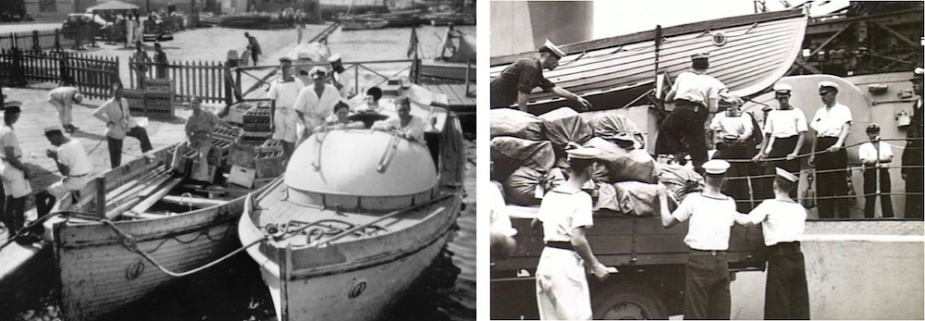HMAS Sydney (II) - Part 4
HMAS Sydney (II) wreck investigation
An initial examination of the wreck of HMAS Sydney confirmed that she had lost her bow and the visual evidence appeared to support much of what the German seamen had revealed concerning the action following their capture in 1941. Sydney’s bridge, mid-ships section and upper works were severely damaged and the accuracy of the German gunnery was apparent on each of her four gun turrets which had all received multiple direct hits.
The following picture compilations are provided to assist in interpreting the damage sustained by HMAS Sydney during her engagement with the Kormoran. The Sea Power Centre - Australia is grateful to the former Finding Sydney Foundation for the use of underwater imagery taken by search director David Mearns during the Remotely Operated Vehicle (ROV) inspection of the wreck.



































